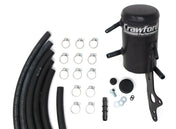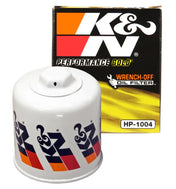
Crawford Performance 2 inch Lift Kit 2018-2023 Subaru Crosstrek

Crawford GK2 Side Kick Cat-Back Exhaust 2008-2014 Subaru WRX STI SEDAN

Crawford Performance Air Oil Separator V3 Forester XT 2007-2013 w/TMIC

Crawford Performance Billet Power Blocks 2019-2024 Forester 2.5

Crawford Performance 2018-2023 Subaru Crosstrek Hood Light Pod Brackets

Crawford Performance Rear Bumper 2019-2025 Subaru Forester & Wilderness

Crawford Performance Differential Skid Plate Subaru Crosstrek Outback Forester


Subaru Intake Manifold Gaskets



Crawford Built Short Block STI EJ257 2004-2021
